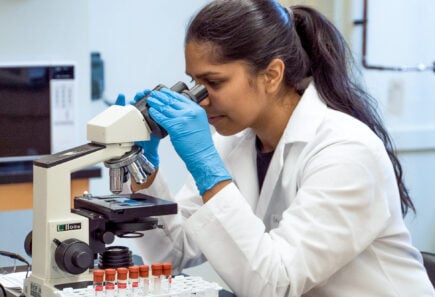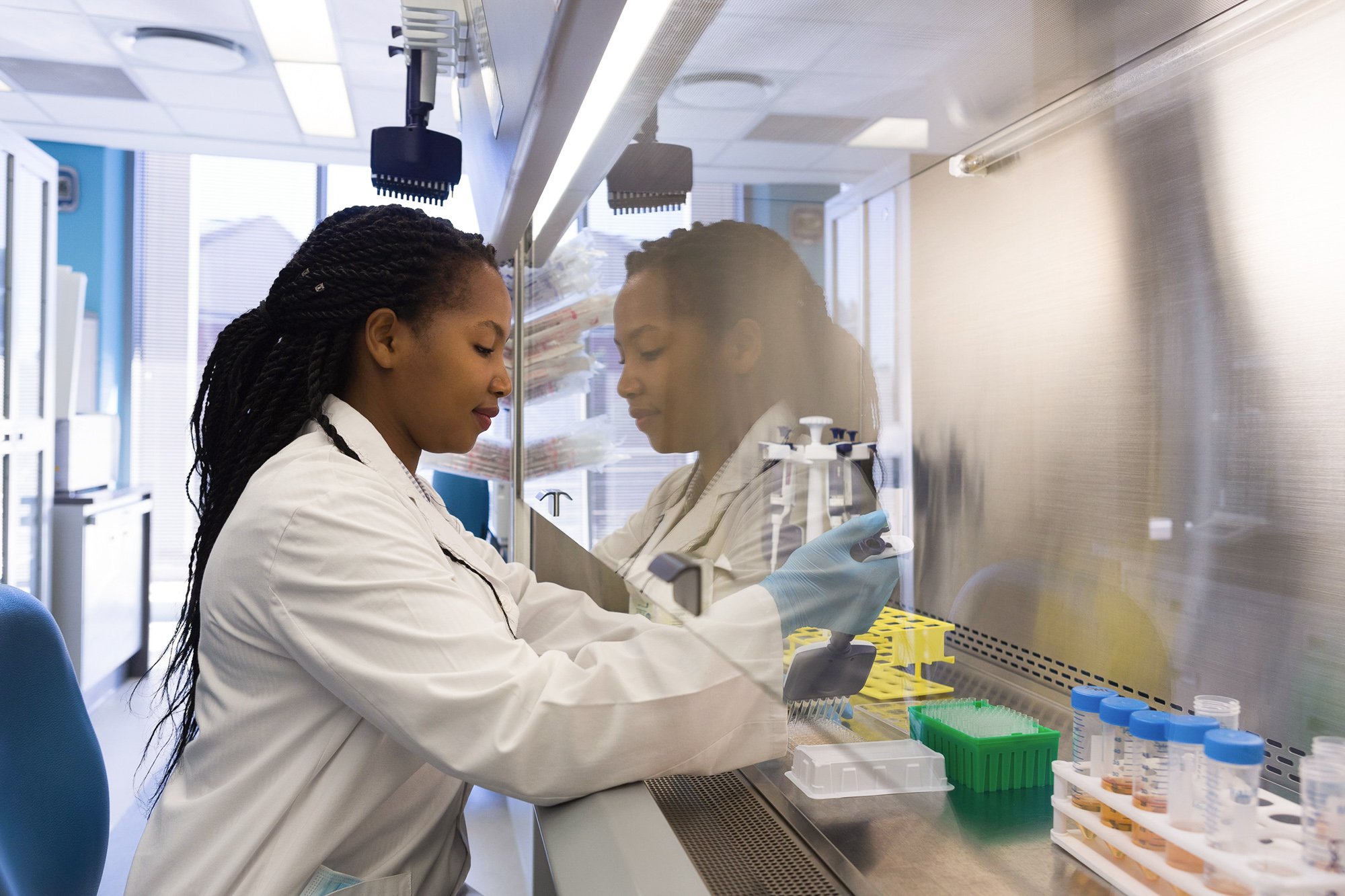Ensuring appropriate food safety controls for cultivated meat
Sterilization guidelines from well-established biomedical and food industries can act as helpful templates for safe cultivated meat production. However, more research is needed to identify potentially novel production hazards for regulators to understand the unique requirements for cultivated meat.
-
Cultivated
- Research
- Ecosystem
- Policy
- Compliance
Current challenge
Cultivated meat is anticipated to reduce the risk of foodborne illnesses compared to conventional meat by limiting direct animal contact during preparation and providing controlled, closed, and aseptic environments for food production. One challenge for the cultivated meat industry is that established safety practices used in the biopharmaceutical industry for processes and inputs will need to be blended with established safety practices employed in the food industry. Ultimately, regulators will need to create robust yet interpretable regulatory frameworks that are fit for purpose. One key research gap is to understand if cultivated meat production introduces novel food safety hazards and, if so, how to adjust or optimize safety controls accordingly. The Hazard Analysis and Critical Control Point (HACCP) system provides preventative measures against food safety risks for the meat industry. HACCP practices could be similar between conventional meat and cultivated meat, but potential adjustments in these guidelines specific to cultivated meat still need to be determined.
Only a few reports (Ong et al., 2021; Humbird, 2020; SFA, 2022), provide specific safety considerations for or guidance on safety practices for cultivated meat. Further understanding of potential inputs or novel hazards presented in cultivated meat production is needed. The lack of direct research comparisons between conventional and cultivated meat safety processes makes cultivated meat’s food safety benefits and regulatory guidelines unclear for consumers and policymakers alike.
Proposed solution
Open-access research to identify relevant differences between conventional and cultivated meat will be important for policymakers. More research efforts like New Harvest’s Food Safety Initiative are needed to provide regulatory suggestions for different cultivated meat processes and inputs to mitigate risks. Unless the data from additional cultivated meat food safety studies suggest otherwise, pre-existing practices from the biomedical and food industries could act as templates for cultivated meat. General procedures, such as good cell culture, laboratory, manufacturing, and hygienic practices, can substantially reduce the risk of contamination. In the U.S., HACCP is enforced by USDA for meat from terrestrial animals and FDA for most seafood. Different types of safety testing should also be considered during appropriate stages of food production to provide a safety net. Guidelines like HACCP are vital to mapping the potential differences in hazards between conventional and cultivated meat and in identifying appropriate mitigation strategies for maximum food safety in cultivated meat. Efforts to provide open-access data, such as approval processes or consultations between cultivated meat companies and regulators, will help to advance the cultivated meat industry and streamline manufacturing.
Anticipated impact
Establishing clear, standardized food sterilization guidelines is anticipated to increase the food safety of cultivated meat and is crucial for consumer trust. Although cultivated meat is not expected to be a source of zoonotic diseases and will likely reduce the risk of foodborne illness, additional research to support these claims is needed. In addition, manufacturers will need to identify steps that are more susceptible to contamination in cultivated meat production. Providing policymakers with sufficient data about the unique food safety considerations for cultivated meat is essential for developing appropriate sterilization guidelines.
Related efforts
Papers describing some cultivated meat food safety considerations:
- Food safety considerations and research priorities for the cultured meat and seafood industry. (Ong et al., 2021)
- Scale-up economies for cultured meat: Techno-economic analysis and due diligence (Humbird, 2020)
- Thinking about the future of food safety – A foresight report. (FAO, 2022)
- Food safety considerations in cultivated meat (David Welch and Elliot Swartz, 2020)
- Requirements for the Safety Assessment of Novel Foods and Novel Food Ingredients (SFA, 2022)
GFI resources

The science of cultivated meat
Learn about the science of cultivated meat and the challenges that must be addressed for commercial production.

Cultivated Meat Research Tools Database
Use this crowdsourced directory to find species-specific information on research tools, reagents, protocols, and data for cultivated meat researchers.
Meet the author

Eileen McNamara
GFI RESEARCH FELLOW
From: Uniformed Services University of the Health Sciences

Find collaborators
Join the GFIdeas global community of 2,000+ entrepreneurs, scientists, investors, and subject matter experts. Discuss projects on the members-only Slack community, attend monthly seminars, and use the community directory to help you find collaborators working on similar Solutions!
Related solutions
-
Cultivated
Cost-effective sterility controls for cultivated meat
Meticulous attention to sterility controls throughout cultivated meat production is essential to optimize food safety, but the cost of biopharmaceutical-based sterility—the current standard for cell-based processes—is incongruent with large-scale food…

Explore the full solutions database
Browse 100+ startup ideas, commercial opportunities, research projects, and investment priorities throughout the alternative protein supply chain.
Get involved
If you’d like to fund a research project, work on any of these solutions, share information about related efforts that are already underway, or elevate new ideas for advancing the alternative protein industry, we’d love to hear from you!
